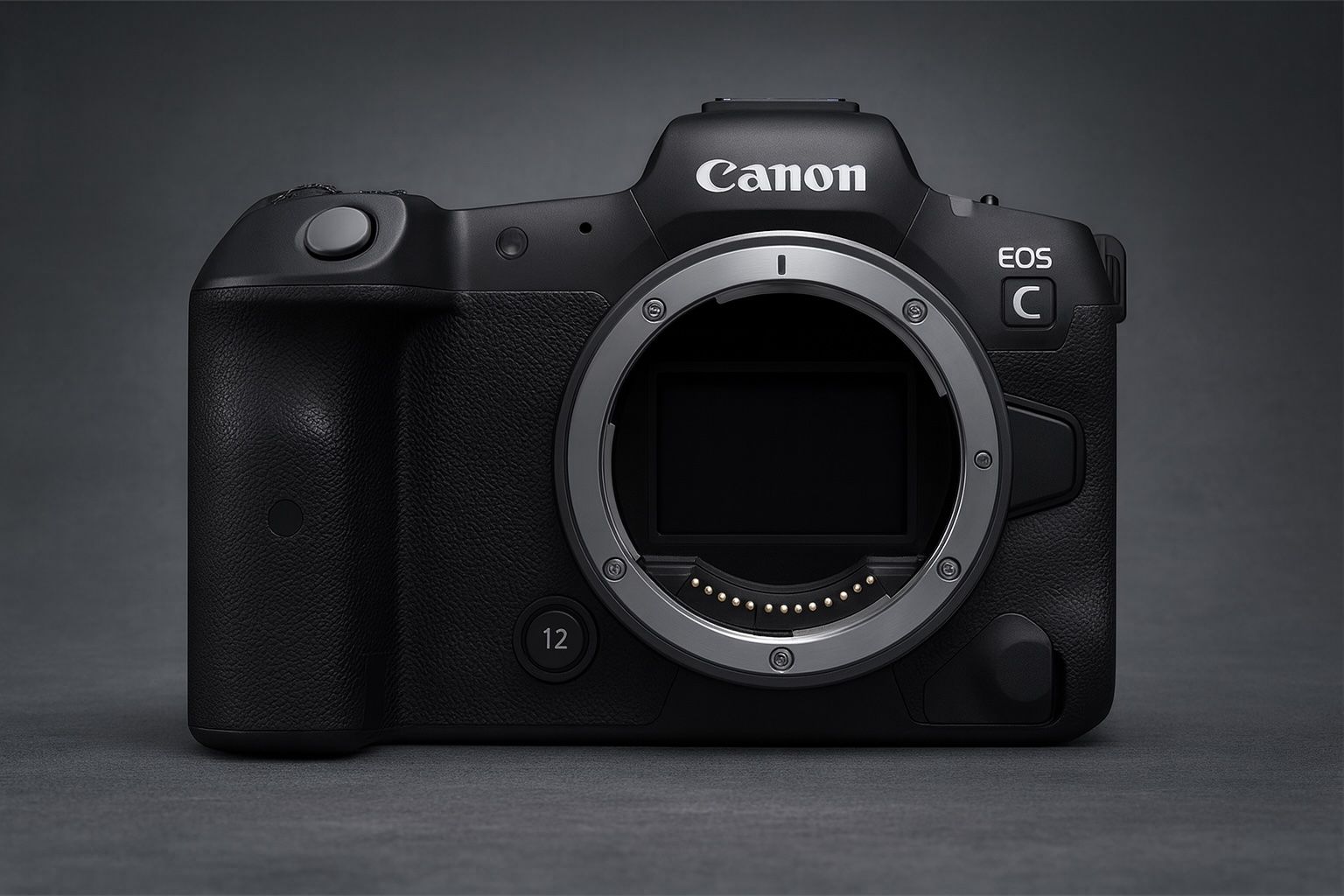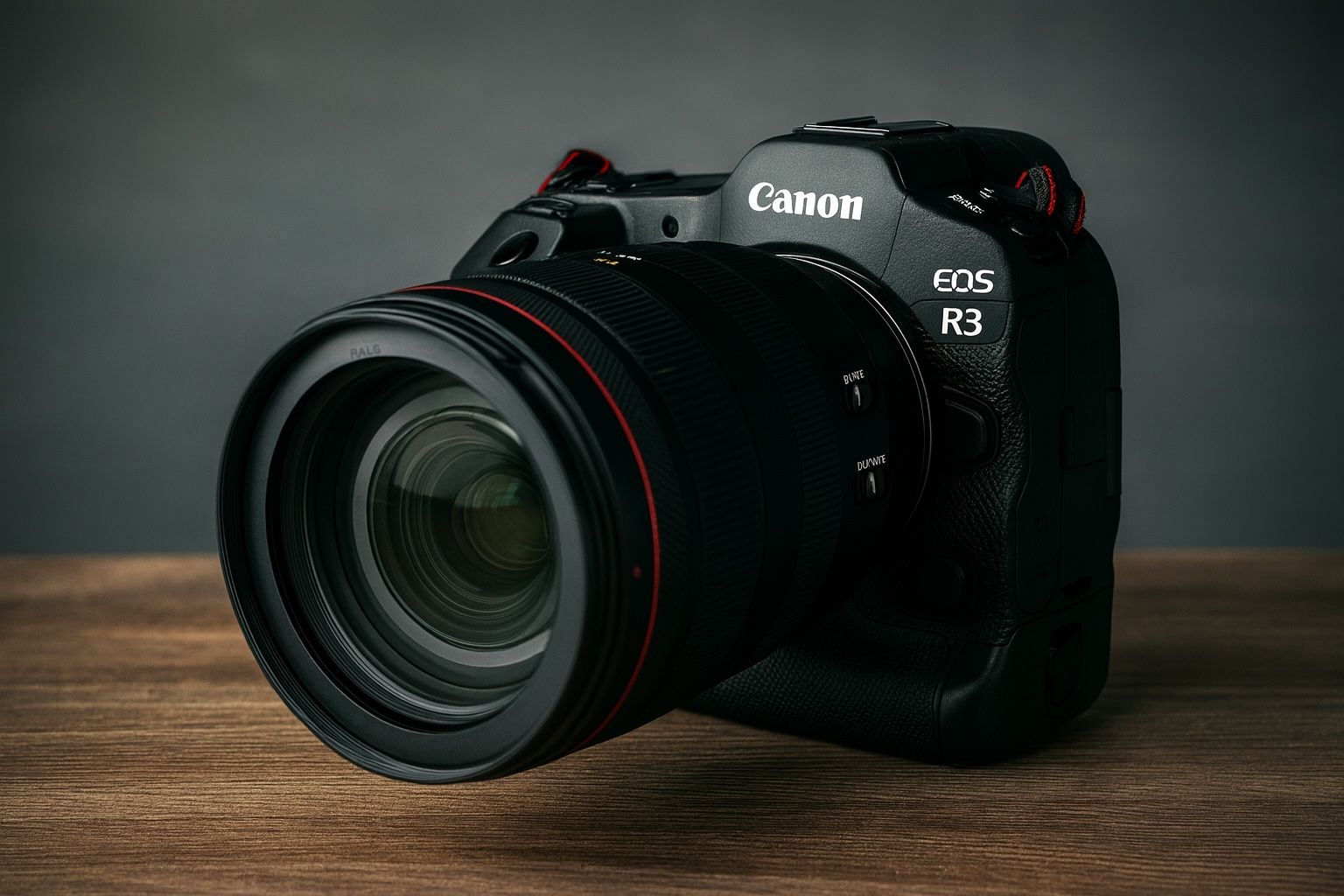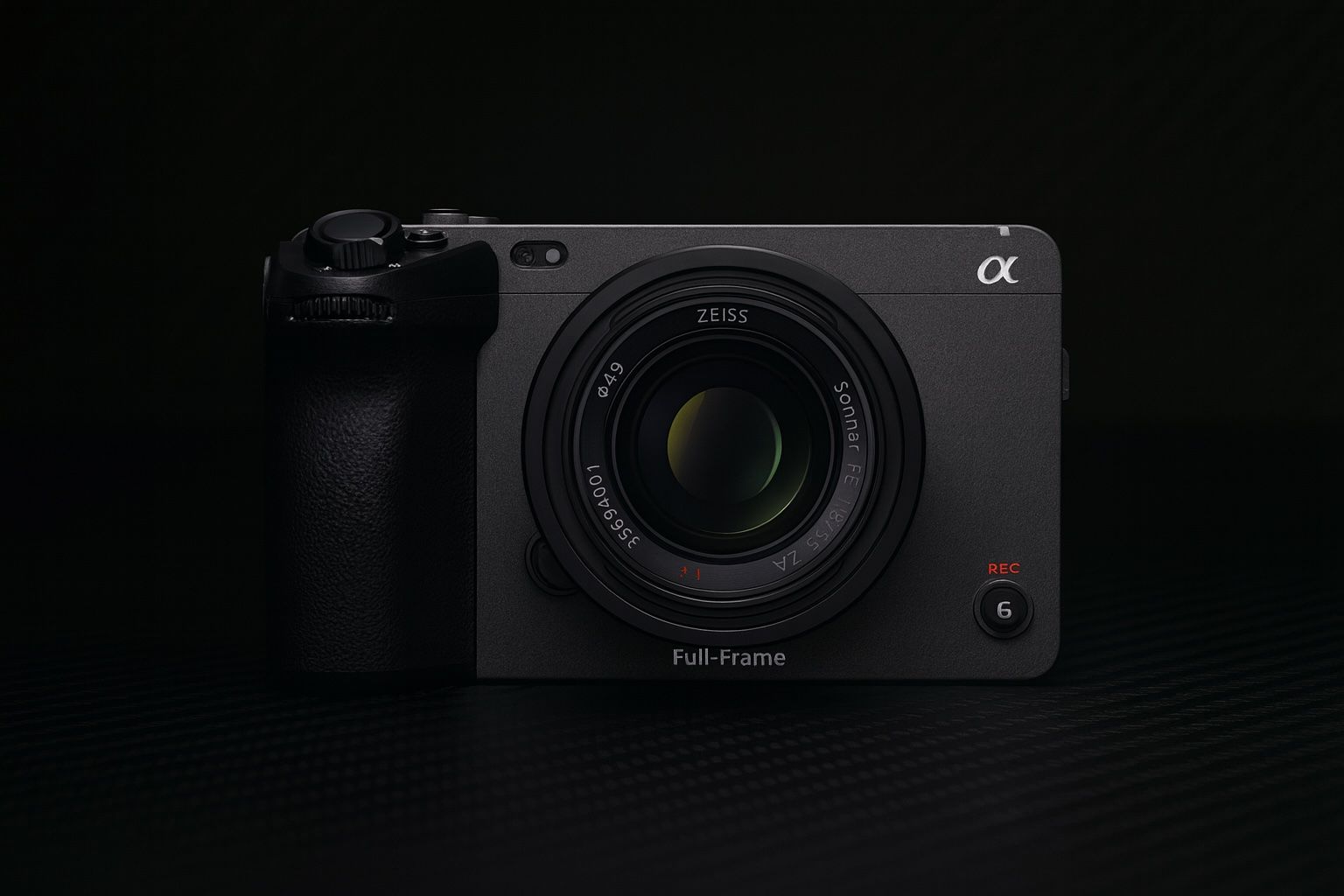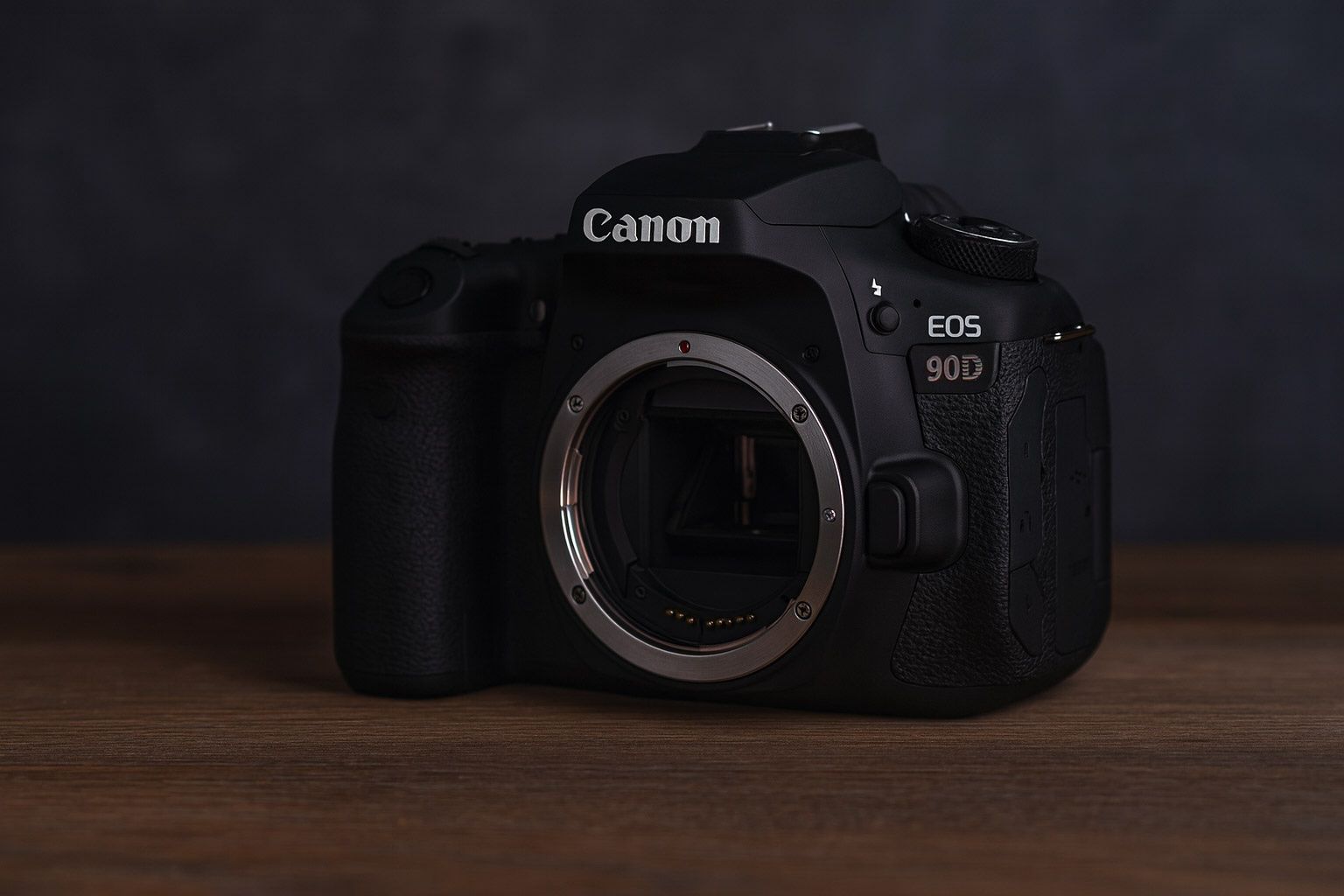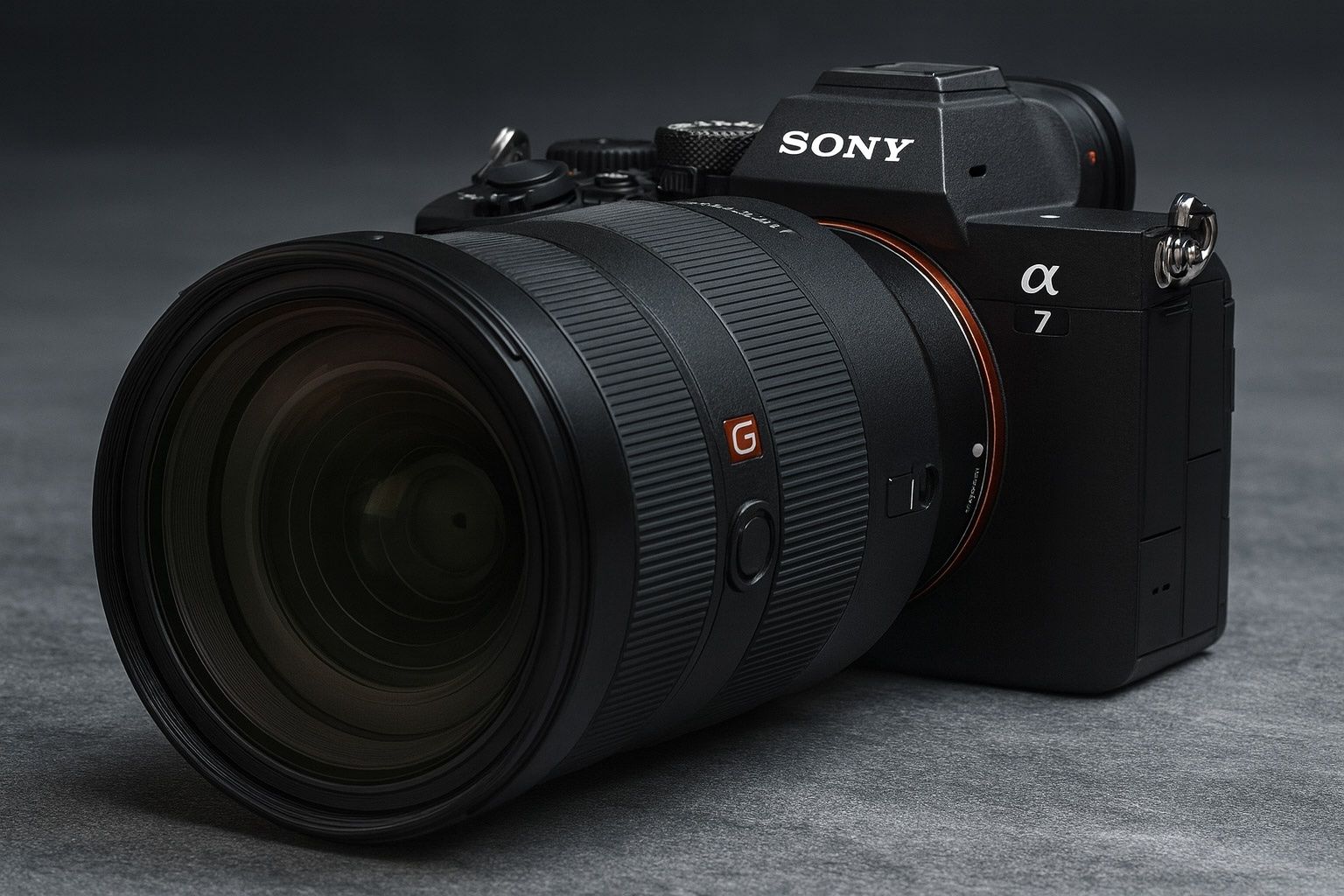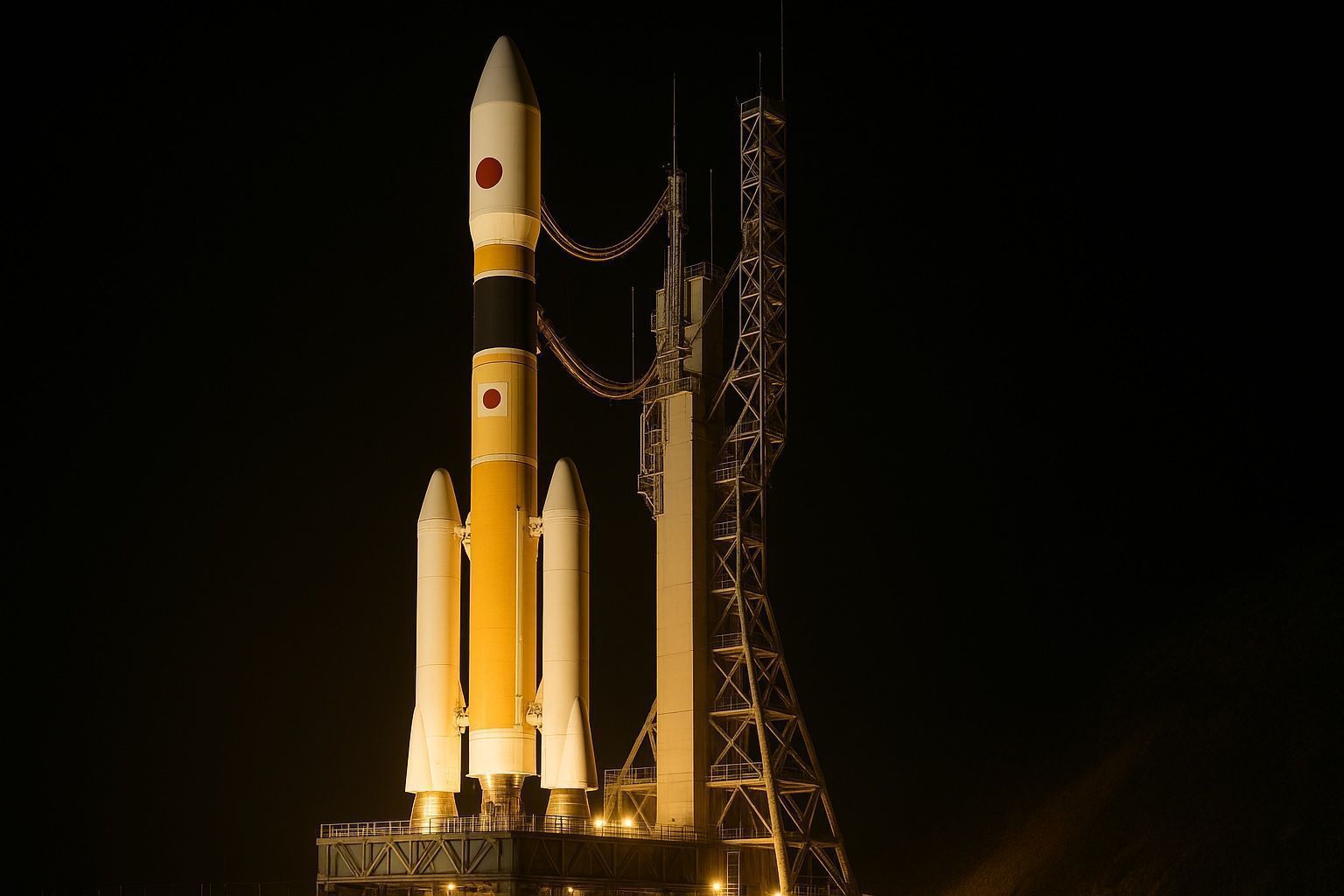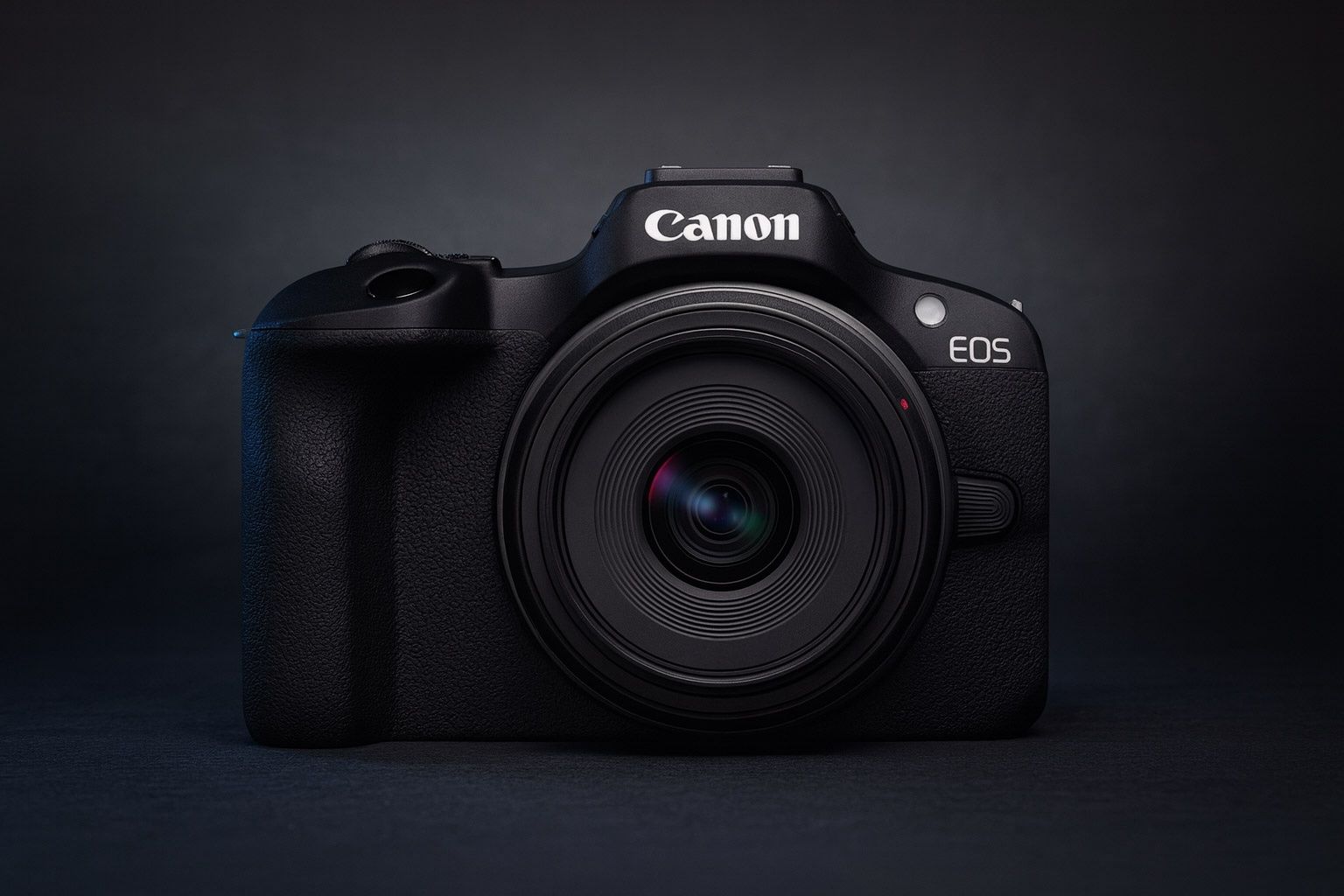
Canon’s APS-C Mirrorless Showdown: EOS R100 vs R50 vs R10 – Which Fits You Best?
Canon EOS R100, R50, and R10 all use a 24 MP APS-C sensor family with the RF mount, with the R50 and R10 using newer 24.2 MP sensors and the R100 using a 24.1 MP sensor. The EOS R100 is

